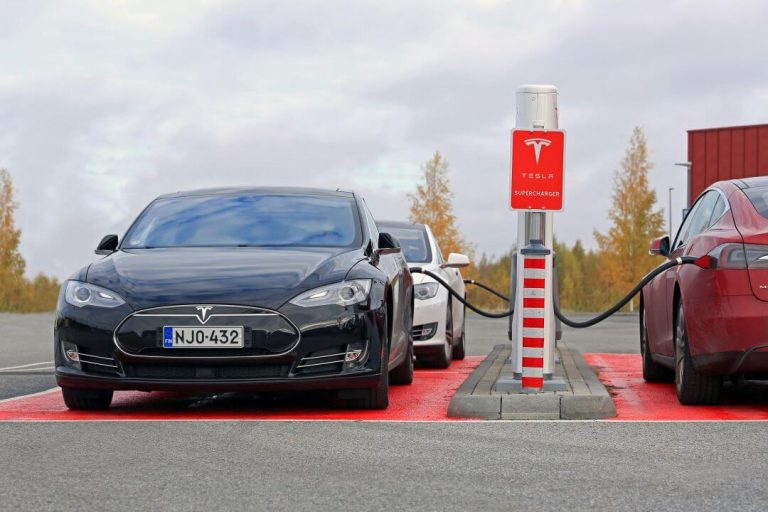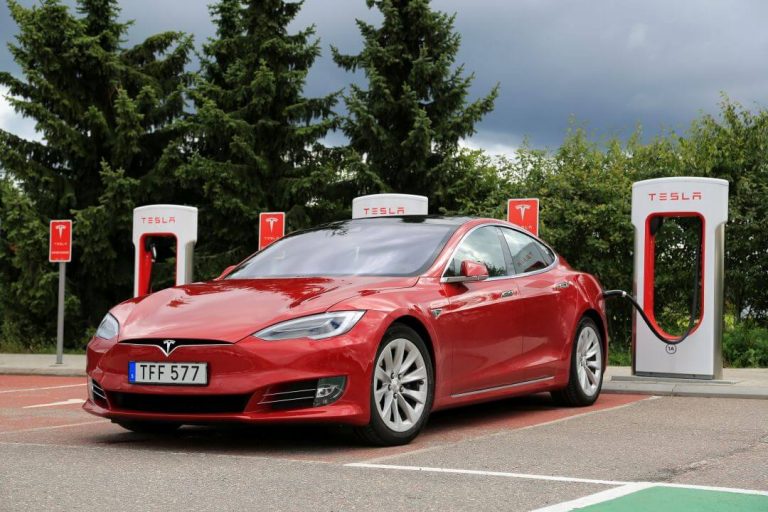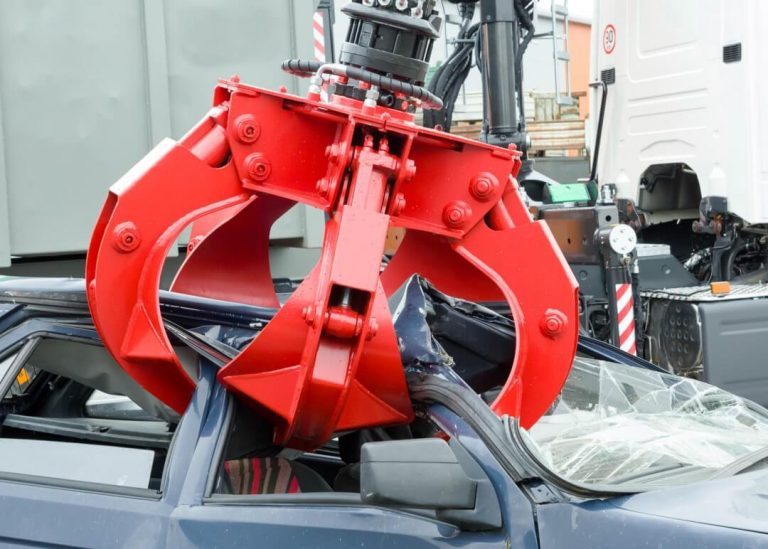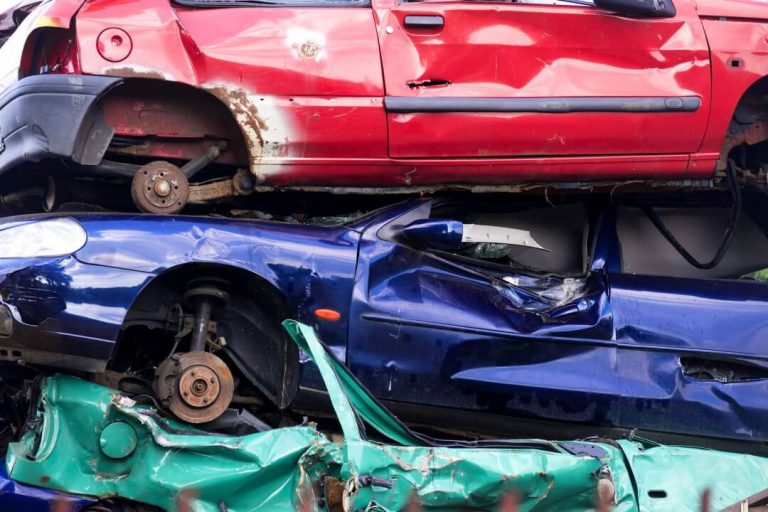Introduction:
The automobile industry is one of the fastest growing industries in India. As India’s annual sales of vehicles soar, the number of vehicles to be scrapped on reaching the end of useful life and warranting proper automobile recycling facilities will also increase exponentially.
Currently, India is in the process of finalizing regulations on recyclability and disposal of End-of-Life Vehicles (ELVs). India lacks a specialized scrap car collection, treatment, dismantling and recovery infrastructure. Scrapping is currently carried out in the informal sector and in poorly equipped units, resulting in unhygienic practices and low yields. Over 70% of an automobile by weight consists of metals like steel, aluminum, copper, lead, etc. which are relatively easily recovered. With appropriate technologies, substantial quantity of rubber and plastics can also be recycled.
The Society of Indian Automotive Manufacturers (SIAM) has established a group to deal with the issue of recycling of End-of-Life Vehicles.
In the ELV industry, the disposal challenge is compounded by the high value embodied in a lot of the “waste” created by an ELV. Large companies are, therefore, attempting to become involved in recovering valuable material from their own products. Also, these companies are interested in developing the reverse logistics based on experiences in other countries around the world.
Current ELV market scenario in India:
In 2018 itself 6.8 million vehicles had reached their end of life (estimated based on current practices of vehicles dismantled). Only a very small percentage of these vehicles are dismantled, and rest continue to be used or are often sold to buyers from smaller towns and cities.
ELV market is currently not regulated by any policies. Participants from private sector have been showing interest as it has been identified that the ELV sector yields more profits margins. Some legislative changes have also been a prime factor for these companies to investigate ELV recycling.
Environmental Aspects
Each ELV is dismantled into thousands of different individual parts, each with its own distinctive market and environmental burden. ELV components based on considerations of their toxicity and waste are broken down into simple categories, fluids and solids.
Fluids
| Fluid | Disposal Method | Environment Effects |
| Engine Oil | Drained or sold to the vendors. | Drained oil Impact on the environment is high |
| Transmission, Coolant fluid, Power steering fluid, Brake fluid, Hydraulic fluid, gear oil | Drained or sold to the vendors | Drained oil Impact on the environment is high |
| Battery Acid | Drained | Harmful |
| AC Gas | Released in to the Air | Leads to Air Pollution |
Solids
| Solids | Key Toxic effects associated during the part disposal |
| Air Filter | Polyurethane from foam due to burning can release harmful toxins. |
| Oil Filter | Residue oil and toxic particles released to ground and air from dumping and burning the filter paper can be toxic. |
| Battery Terminal | Copper is extracted using acid, which causes pollution and affects the respiratory and dermal system of workers and others living nearby |
| Switch | Switches contain toxic mercury which is released into the environment. |
| Rubber | Rubber is used in furnaces, emitting several pollutants. |
| Clutch disk | Asbestos that is dumped on the ground, can be highly toxic material which causes asbestosis, various lung disorders, and even lung cancer. |
| Electronic Parts | Extraction of precious metals is typically not done in an environmentally safe manner. |
Prevent environment degradation
By the year 2020, it is expected that 8,800 tons of rubber and 6,300 tons of plastics will be either trashed in garbage dumps or burnt in furnaces/ open grounds, creating a serious health hazard and harmful impact on the environment. In addition to this, plastics, which are purportedly recycled, also get re-routed to garbage dumps and landfills.
Technology enhancement has led to higher usage of plastics and composite materials in vehicles, which the current system is ill equipped to completely recycle. This is slated to increase in the future, burdening the system further.
Reduce pollution in highly populated areas
The current scrap yards are located in the center of the city, in densely populated areas. Further, they are completely unmindful of the environment, both due to lack of awareness and poor facilities for disposing waste. They therefore end up pouring/ spilling polluting materials into the ground thereby contaminating the ground water as well as polluting the air.
This is a major health hazard requiring immediate attention, as the impact is felt not only by the employees working in the scrap yards but the residents in the neighboring localities as well. The extent of the problem is only slated to increase with more ELVs coming up for dismantling.
There is an urgent need to relocate these scrap yards outside the city limits. It is also extremely important to provide safe and clean working environment to the employees, equip them with better tools and give them appropriate training.
Safe working environment for employees
Currently vehicles are dismantled on the roadside, scrapped material is dumped within the scrap yards with complete disregard to safety of labor working in that area. Unhygienic processes result in air pollution as well as ground water contamination. This is both due to negligence and lack of awareness of the consequences of dumping hazardous material. The workers work with minimal safety equipment.
- A modern facility will provide better and safer working environment.
- Skill development and appropriate training will enable upgradation of skills and knowledge of workers, ensure better payment for the work done and improve efficiency and productivity of the system.
- Minimal safety norms to be prescribed
Focus on reducing landfill requirements
There is a crying need to build systems that ensure a very small percentage of this scrap reaches landfills.
- Regulations can further drive recycling upto 85% reducing the waste going to landfill
- Reduction in landfill area can be achieved through ASR treatment
In modern facilities, where auto shredder is used along with segregation of auto residue, less than 5%, around 1-3%, of the vehicles by weight is sent to landfills.
Introduce requisite regulations with immediate effect
Given the magnitude of the problem we are likely to face in the future, there is immediate need for regulations to ensure recyclability of at least 85% by 2020. Draft regulations under discussion need to be recognized and enforced. There is need to also set up monitoring mechanisms to drive compliance and acceptance among the various stakeholders.
In summary
India needs to look at developing an ecosystem that addresses the entire value chain of the business, put in place practices for ensuring safe disposal of vehicles and also specify the basic standards that need to be adhered to. Driving initiatives that can bring about consolidation, standardization and respectability to the work being done can result in multi-dimensional benefits to the industry, society and environment.






